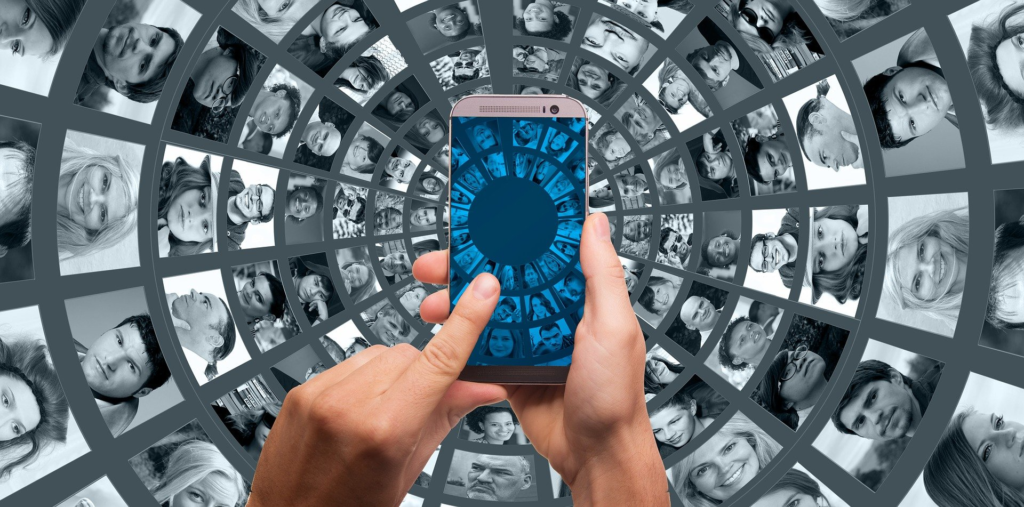The term ‘community’ used to describe the people who lived around us. But how and why has this concept evolved and shifted over the last few decades?
Think about your immediate support network – friends, family members, peers. Now consider where they are based and how you keep in touch. The chances are its via WhatsApp or FaceTime with the occasional phone call thrown in. Perhaps you’re part of Facebook groups, or regularly connect with someone you’ve met via Instagram or Twitter. As far back as 2016, a report revealed that three out of four people have online friends they’ve never met in real life, with 83% saying they’d like to meet them someday.
“Over the past decade, dramatic changes have taken place in the way we live, work and communicate, but the need for friendship remains unchanged and essential to our wellbeing,” said psychologist Irene S. Levine, PhD, producer of The Friendship Blog. “Online friendships can complement ‘in real life’ ones, providing many of the same vital benefits, such as social support and feelings of connectedness.”

Sulagna Misra, who wrote a piece titled ‘How to make friends on the internet’ for the Harvard Business Review agrees. “Let’s be real: the last time the World Wide Web was a strange and mysterious place was in the ’90s,” she writes. “Every year, more and more of us are creating profiles that represent our authentic selves, and using social media platforms to share our work, explore the work of others – and yes, even make new friends.”
Let’s backtrack somewhat and examine what exactly ‘community’ means? The word itself is derived from the Latin communitas (meaning the same), which in turn comes from communis, meaning “common, public, shared by all or many.”
However, in ‘Understanding Digital Culture’, Vincent Miller argues that the concept of ‘community’ may not be relevant when it comes to describing the types of relationships that exist in the post-modern era. Rather, he urges, we should see them as ‘networks’.
Networks and networking, in turn, conjure up, for many, toe-curling images and memories of being packed into a conference room in a bid to sell both themselves and their services to strangers. But what does this act look like today, in the new world order? And can, contrary to Miller’s suggestion, you actually have a work ‘community’ as opposed to a ‘network’?
A poll of nearly 500 current and future business leaders by CEMS, the Global Alliance in Management Education, found that 90% believed the pandemic had adversely affected their opportunities for networking.
Meanwhile, in an article for It’s Nice That, Alec Dudson says, “Whether it’s developing your professional network or teaming up with some folk to launch a small business, the connection, conversation and camaraderie that comes through community is incredibly important on a personal level. We’ve all had the social side of our lives snatched from us and picking up those pieces will be a messy process.”
Similarly, Misra says, “My “internet friends” have gotten me through this past year. Online, I’ve connected with other writers who stand with me in solidarity when the news gets rough. I’ve connected with designers and illustrators who have mentored me as I develop my drawing skills, and with people simply because I respect their opinions, art, or commentary on a topic I care about (or vice versa).”

Community, network – call it what you like – but it’s not going away; it’s more important than ever as we emerge from the weird and not-so-wonderful world of Covid. When it comes to work, our worlds have been turned upside-down since March 2020. The vast majority of us spend a fraction of the time that we previously did with colleagues, but that innate desire for support and connection has by no means disappeared. It would seem, therefore, that we’ll continue to look for other ways to supplement or even recreate the bustling offices and water cooler moments of yesterday – most likely with remote and digitalised support groups filled with like-minded people. A brave new world indeed.



